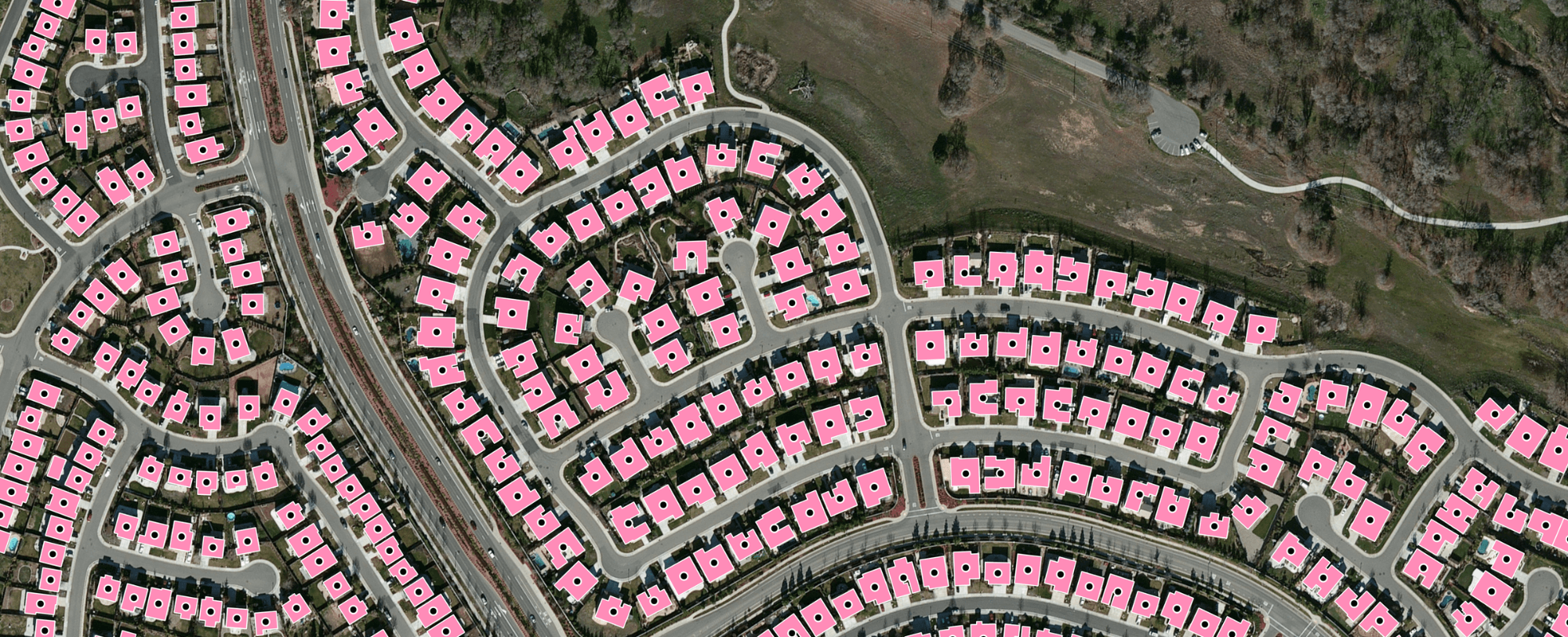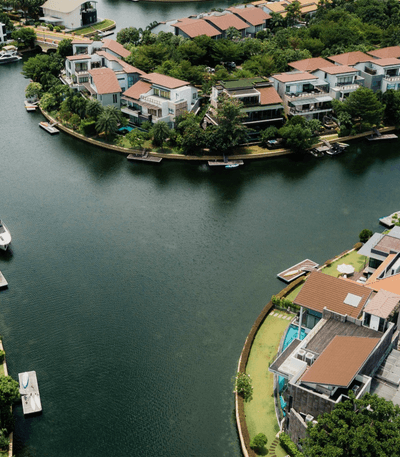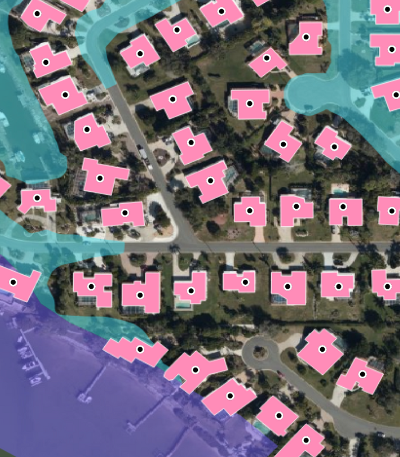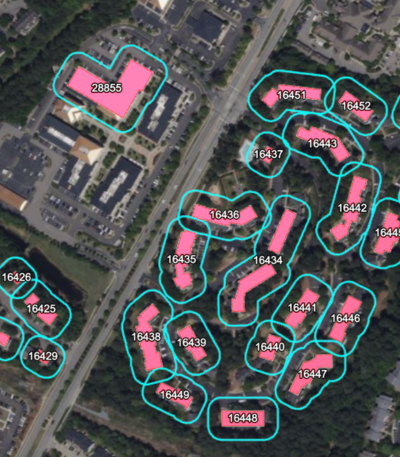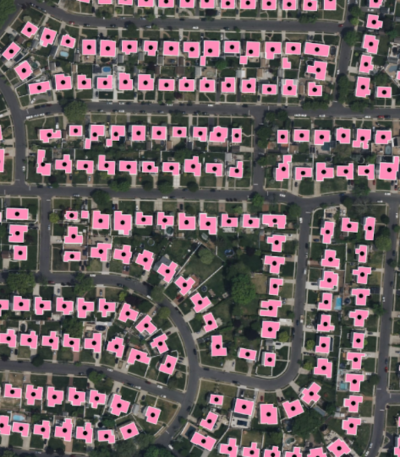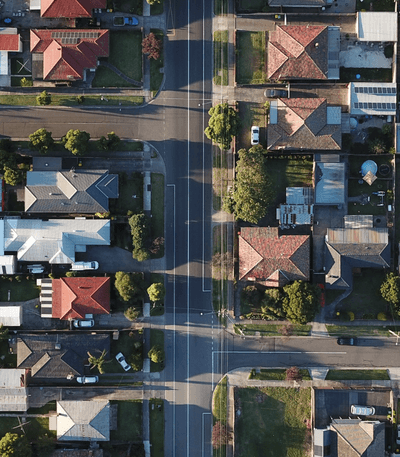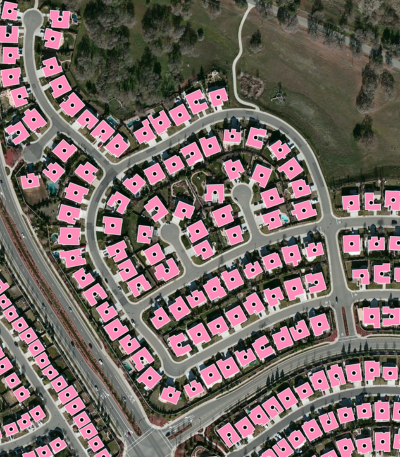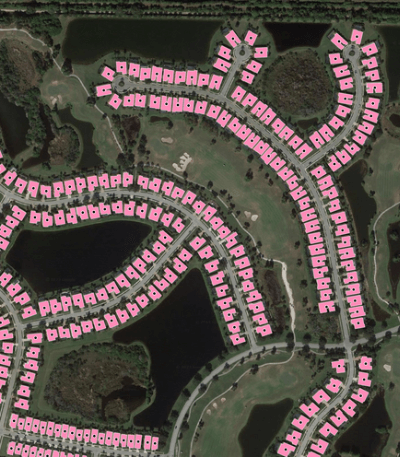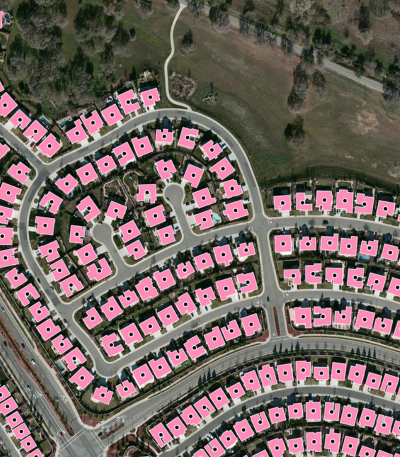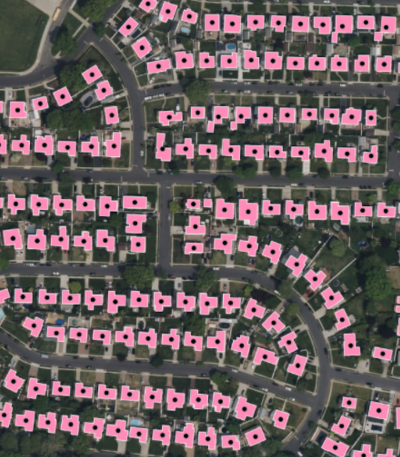Next-generation geospatial data to support the future of insurance
-
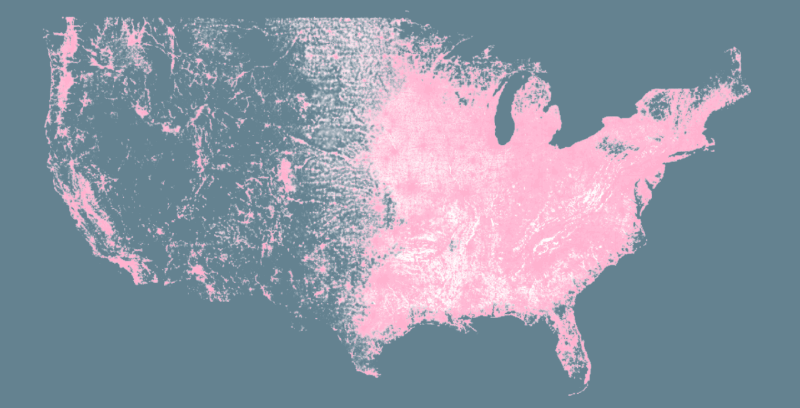
Comprehensive coverage
Ecopia® developed the first and only complete map of every building in the US, comprising 178M+ buildings and 270M+ primary and secondary addresses, to provide insurers with a source of truth for property analytics. Our AI-based mapping technology extracts insight from geospatial imagery at a national scale, from dense urban centers to sparsely populated rural areas.
-
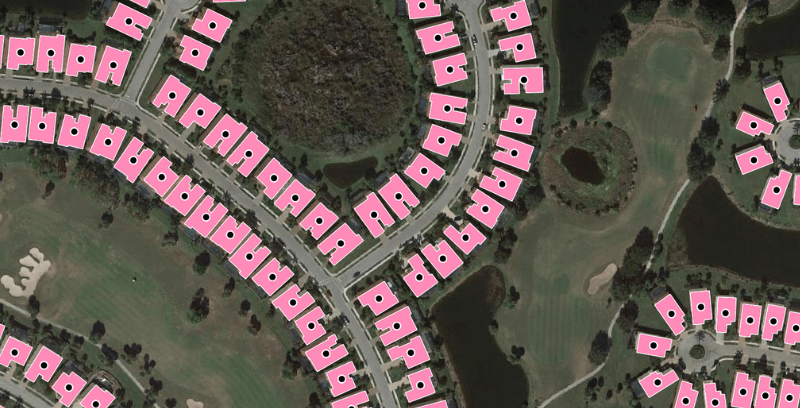
Accurate geocodes
Ecopia has developed a dedicated geocoding engine which uses a unique machine learning-based address parsing system to match each address to the correct building at-scale. This results in accurate building-based geocoding, offering a uniquely accurate foundation for all subsequent location-based analyses.
-
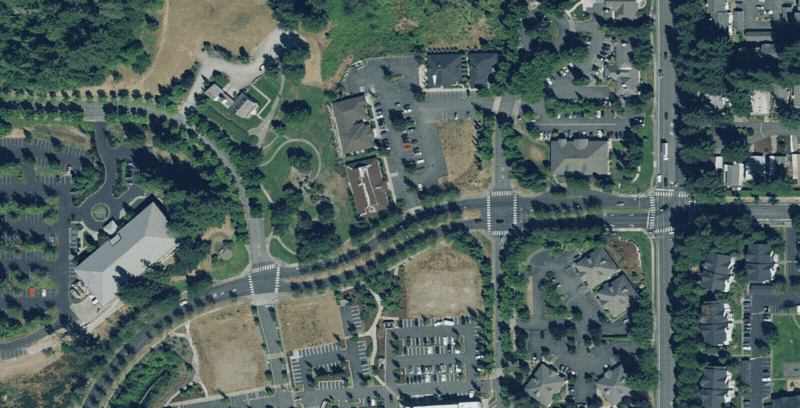
Fresh insights
The real world is constantly changing, perpetually impacting property risk and replacement costs. Ecopia leverages our AI-based mapping systems to continuously ingest and process fresh high-resolution geospatial imagery, ensuring we are providing the most accurate representation of reality.
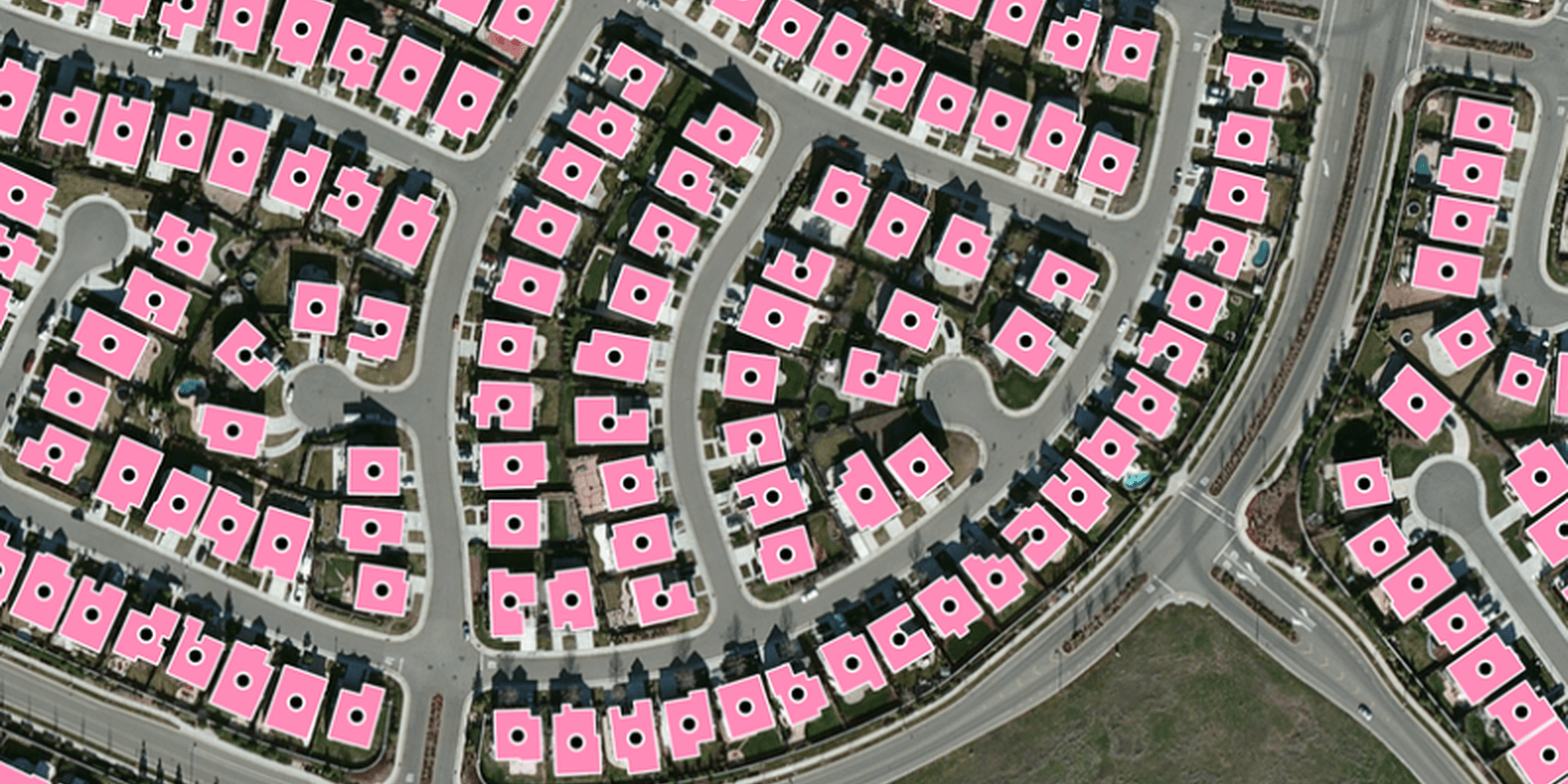

Insurance Use Cases
-
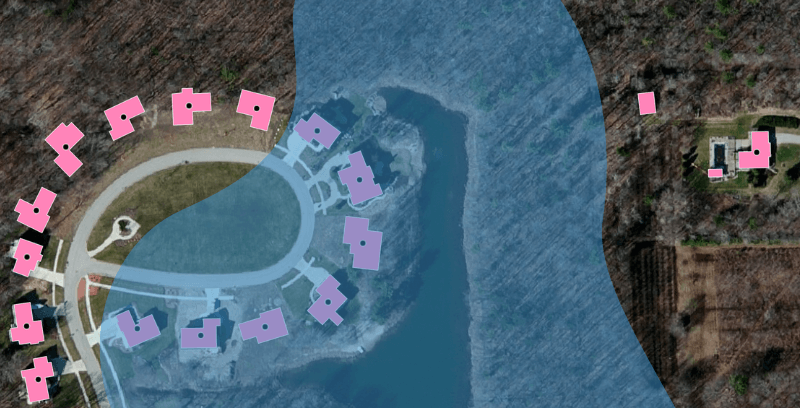
Underwriting
Avoid scenarios of under- or over-pricing policies by accurately mapping each address in your book of business to high-precision building footprints.
-
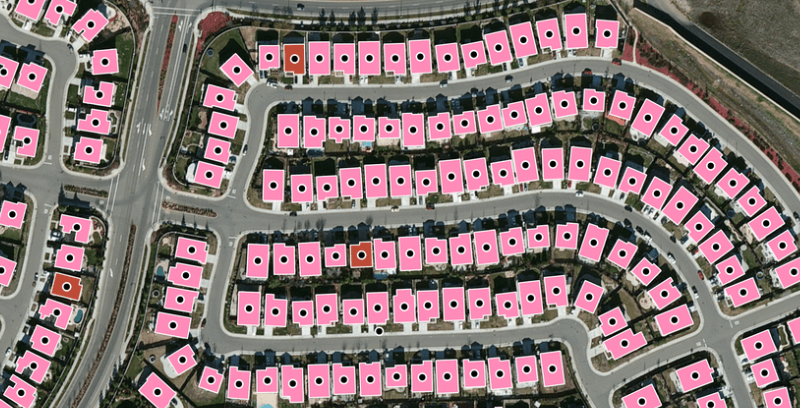
Claims
Streamline claims management workflows by analyzing the building(s) and surrounding property related to each address in your book of business.
-
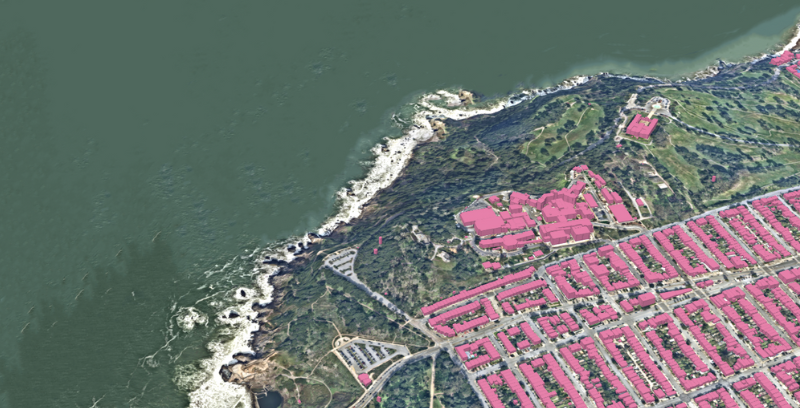
Risk Assessment
Develop a comprehensive view of a property and its surroundings to better anticipate risk and estimate replacement cost.
Trusted by industry leaders
Learn more about Ecopia's insurance solutions
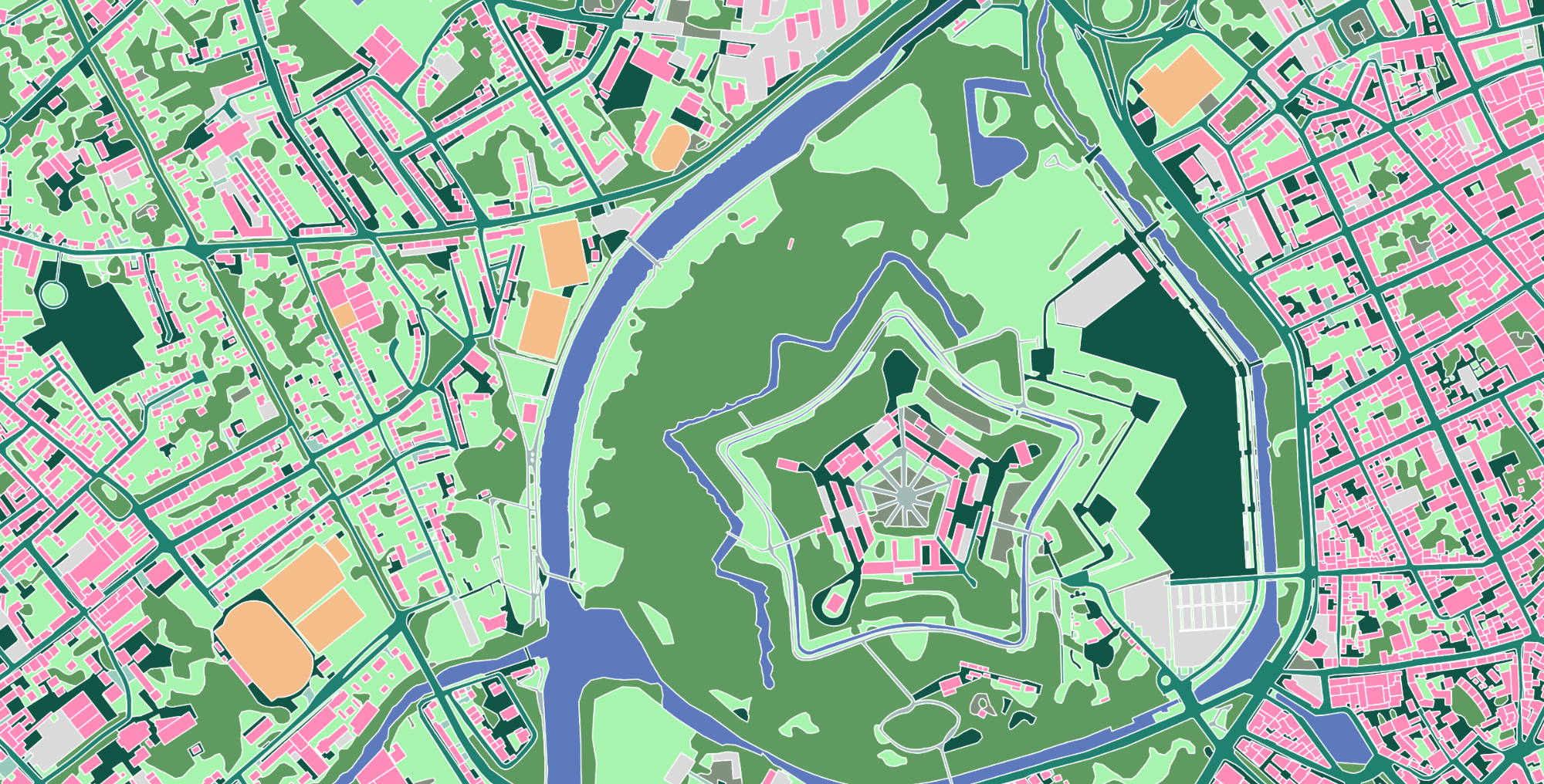
Ready to get started?
Get in touch with our team and explore our data portal.
